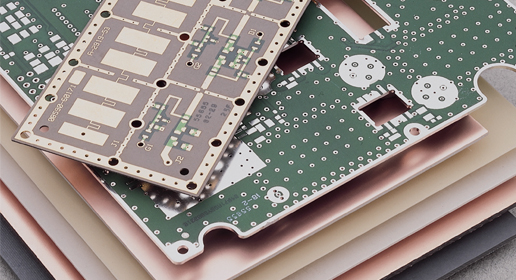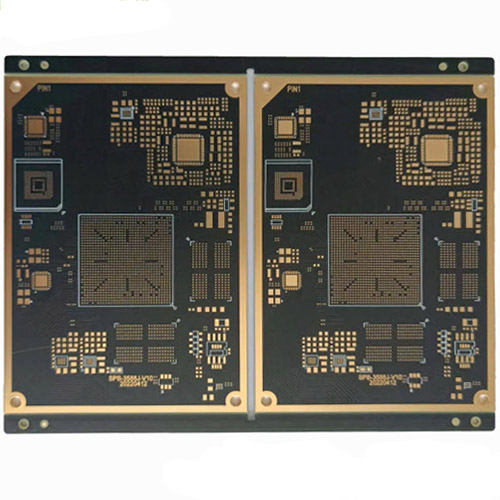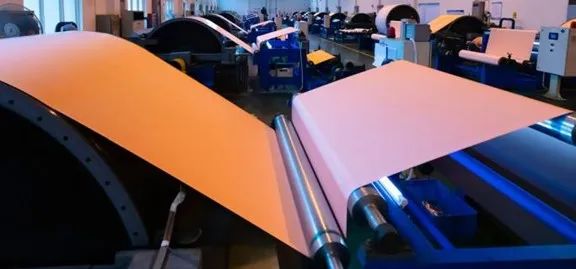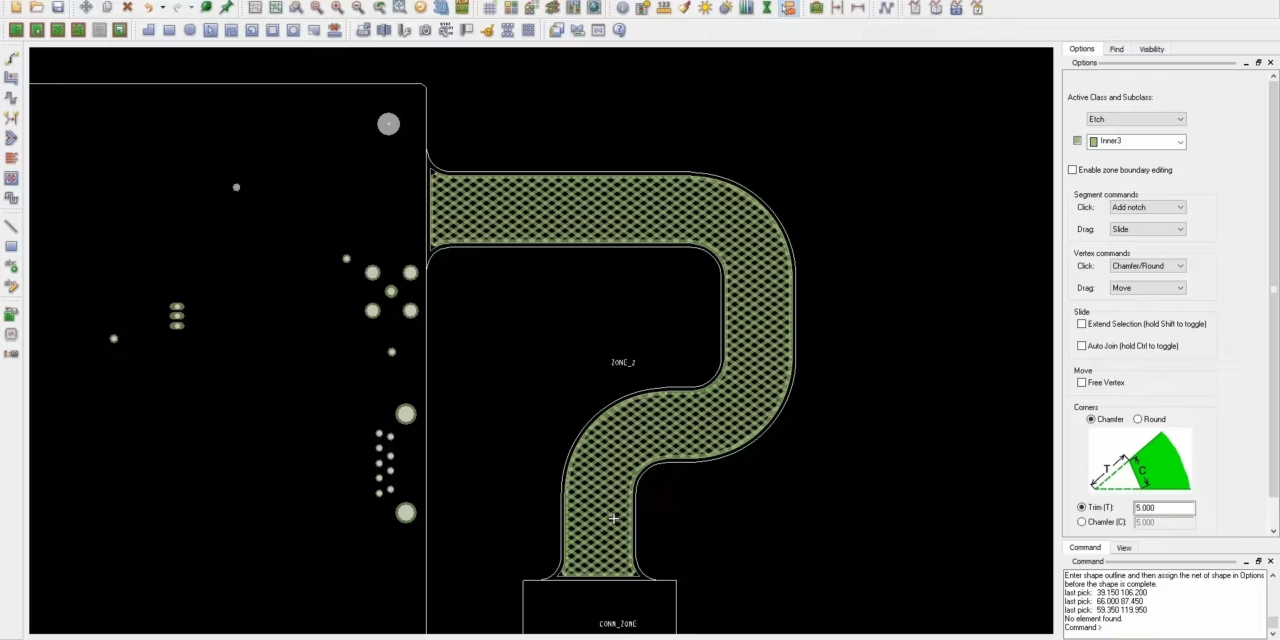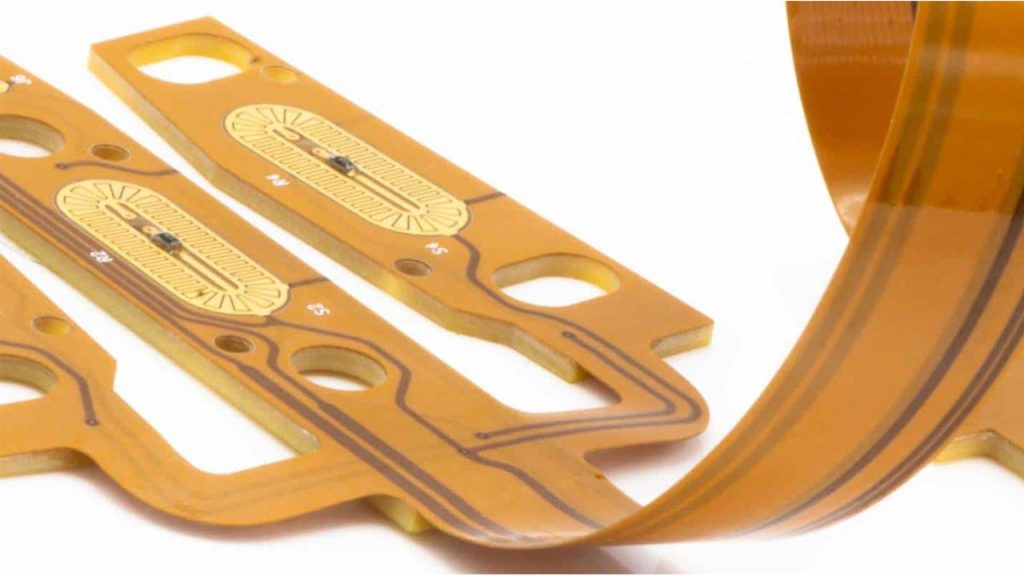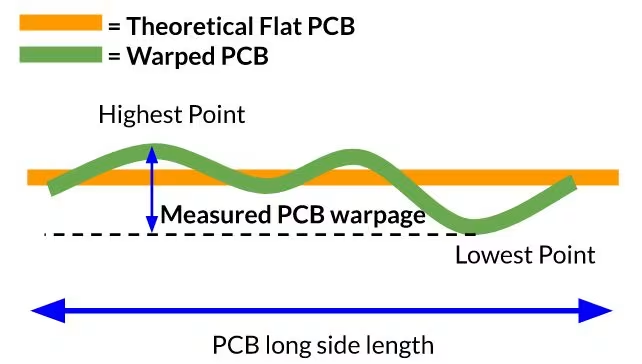Advanced High-Frequency PCB Solutions with Rogers RT/duroid® 5880 In high-frequency circuit design, material selection defines performance. Rogers RT/duroid 5880, known for its exceptional electrical stability and low signal loss, has become the industry standard for RF and microwave applications. At KKPCB, we specialize in manufacturing high-frequency PCB that fully leverage the advantages of this premium...
HomeCategory
PCB Design Services | Professional PCB Layout & Design - KKPCB
HDI PCB: The Foundation of Modern Electronic Miniaturization In today’s electronics industry, devices are becoming smaller, faster, and more powerful. To achieve this balance, engineers increasingly rely on HDI PCBs (High-Density Interconnect Printed Circuit Boards)—a technology that allows for higher circuit density, improved signal integrity, and enhanced performance within compact form factors. At KKPCB, we...
In the Texas Instruments technical article, “How low-power 60GHz mmWave radar sensors enable high-precision sensing in more applications,” we discussed how 60GHz millimeter-wave (mmWave) radar sensors enable high-precision sensing in industrial and consumer electronics applications. In this article, we will explore how low-power 77GHz radar sensors can help achieve reliable and accurate sensing in other challenging applications....
Copper foil used in the PCB industry is more complex than you might think. Copper is both an excellent conductor of electricity and an excellent conductor of heat, making it an ideal conductor for most PCB applications. Copper foil has many other properties that are important for engineers to understand. The copper foil used in the PCB...
There are many ways to solve the EMI problem. Modern EMI suppression methods include: using EMI suppression coatings, selecting appropriate EMI suppression components and EMI simulation design, etc. This article starts with the most basic PCB layout and discusses the role and design techniques of PCB layer stacking in controlling EMI radiation. Power Bus Placing...
Key Takeaways Defining two major concepts of PCB board design and production: class and build. An overview of the PCB layout department’s responsibilities: library part generation as well as placement and routing. Stepping more granularly through each task from schematic/design document reception to manufacturing files. Electronic devices saturate the modern world. Whether it is a...
Key Takeaways Cross-hatching significantly increases the flexibility of flex PCBs by reducing copper content. Helps maintain optimal impedance in flex PCBs without altering dielectric thickness or signal line width. Enables efficient manufacturing with reduced copper usage and improved resin adhesion. Cross-hatch PCB connector PCB cross-hatching is a technique where certain planes or large copper areas are designed...
Key Takeaways Rigid flex PCBs combine the challenges of rigid board and flex PCB design. The flexibility, small package size, and durability advantages of rigid-flex can be negated by the complexity, material, equipment specialities and lifecycle structural integrity challenges associated with rigid flex PCBs. OrCAD X includes functionalities and capabilities to help you overcome rigid flex PCB...
Key Takeaways Stress during fabrication, such as thermal expansion and contraction, imbalanced copper distribution, and improper handling, can lead to warpage. Utilize tools like feeler gauges, height gauges, contour gauges, optical profilometers, and Finite Element Method (FEM) simulations to accurately measure PCB warpage. Effective design practices using OrCAD X, such as symmetrical component placement and...
Key Takeaways Understand the purpose of each component in a variable power supply, including transformers, rectifiers, capacitors, and regulators. Learn about different topologies for variable power supplies, from discrete resistor selection to continuously variable potentiometer-based designs. Discover how OrCAD X tools like DFM, interactive routing, constraint management, and thermal analysis can streamline the design and optimization...

